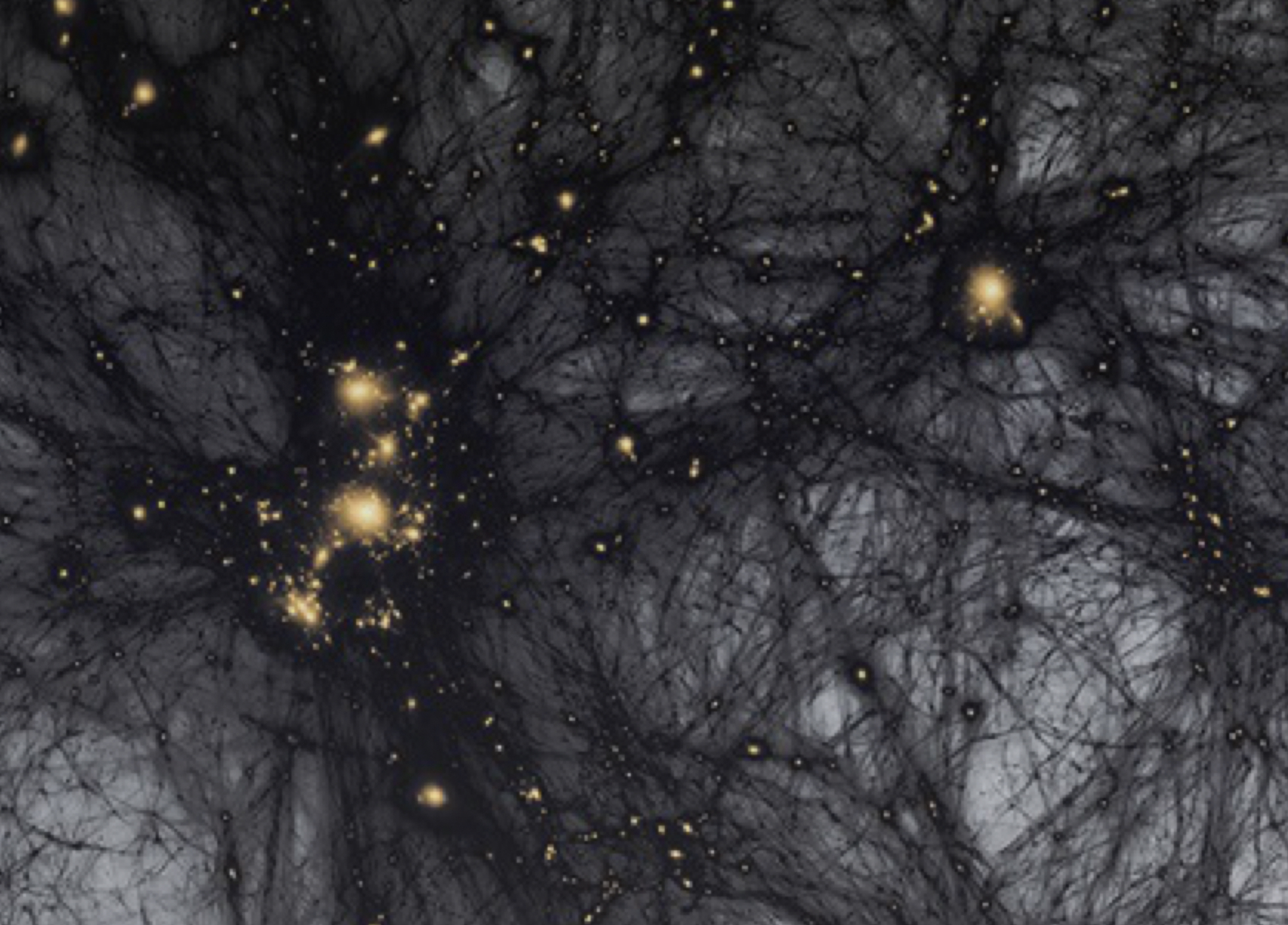
In our LCDM paradigm, galaxies form and reside in dark matter halos. Establishing the (statistical) relation between galaxies and dark matter halos, the `Galaxy-Halo connection’, therefore gives important insight into galaxy formation, and also is a gateway to using the distribution of galaxies to constrain cosmological parameters. After a brief introduction to structure formation in a Universe dominated by dark matter and dark energy, I discuss how clustering and gravitational lensing can be used to constrain the galaxy-halo connection. I then show that several independent analyses all point towards a significant tension in cosmological parameters compared to the recent CMB results from the Planck satellite. I discuss potential explanations of this discrepancy, including assembly bias, baryonic impacts on the matter distribution, and new physics beyond the standard model. I end with a brief discussion of how forthcoming data from new galaxy redshift surveys can break degeneracies and improve our understanding of galaxy formation and our cosmological world-model.
Biography: I completed my PhD thesis in 1997 at Leiden University. After a Hubble Fellowship at the University of Washington and a postdoctoral research position at the Max-Planck Institute for Astrophysics (Munich), I led research groups in theoretical astrophysics at ETH Zurich and at the Max-Planck Instiute for Astronomy (Heidelberg) before taking on a faculty position at teh University of Utah. In 2010 I moved to Yale, where I have been ever since. My research interests are broad, and cover galaxy dynamics, galaxy formation, large scale structure and cosmology.
Host: David Moore
david.c.moore@yale.edu